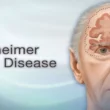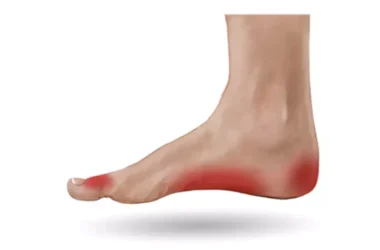[ez-toc]
Introduction
Nasal pain and blockage are common issues that can significantly impact our daily lives. Whether caused by allergies, infections, or other underlying conditions, nasal discomfort can lead to difficulties in breathing, sleeping, and overall well-being.
This article aims to shed light on the symptoms, exercises, and medication options available to manage nasal pain and blockage effectively.
Symptoms of Nasal Pain and Blockage
- Congestion: Feeling a stuffy or blocked nose, making it challenging to breathe through both nostrils.
- Runny Nose: Experiencing a continuous discharge of thin, watery mucus.
- Sinus Pressure: Feeling pressure around the eyes, cheeks, and forehead, often accompanied by headaches.
- Sneezing: Frequent sneezing can be a sign of nasal irritation.
- Loss of Smell: Difficulty in detecting odors or experiencing a complete loss of smell.
- Sore Throat: Postnasal drip can lead to a sore throat and coughing.
- Facial Pain: Discomfort or tenderness in the face, particularly around the nose and cheeks.
Exercises to Relieve Nasal Pain and Blockage
Nasal Breathing Exercise
- Sit comfortably with your spine straight and shoulders relaxed.
- Gently close one nostril using your finger and take a deep breath in through the other nostril.
- Hold your breath for a few seconds, then close the open nostril and exhale through the other side.
- Repeat this process for a few minutes, alternating between nostrils.
Nasal Massage
- Wash your hands thoroughly.
- Using your index fingers, apply gentle pressure on both sides of the nose bridge simultaneously.
- Slide your fingers down the sides of your nose to the nostrils, applying gentle outward pressure.
- Repeat this massage several times a day to relieve congestion and pain.
Steam Inhalation
- Boil water in a pot and remove it from the heat source.
- Place your face over the pot, covering your head with a towel to trap the steam.
- Inhale the steam for 5-10 minutes, taking deep breaths through your nose.
- Steam inhalation helps to reduce nasal congestion and moisturizes the nasal passages.
Medication Options for Nasal Pain and Blockage
Over-the-Counter (OTC) Decongestants
Nasal sprays or drops containing oxymetazoline or phenylephrine can provide temporary relief by shrinking swollen nasal tissues.
Also Read: Reducing Risk Factors of Brain Stroke and Promoting Brain Health
However, prolonged use of OTC decongestant nasal sprays may lead to a rebound effect, worsening congestion.
Antihistamines
These are helpful in managing nasal symptoms caused by allergies.
Antihistamines block the action of histamine, a chemical released during allergic reactions.
Nasal Corticosteroids
Available as nasal sprays, these anti-inflammatory medications can effectively reduce nasal swelling and pain.
Regular use is often required for best results.
Pain Relievers
Over-the-counter pain relievers like acetaminophen or ibuprofen can help alleviate facial pain and headaches associated with nasal issues.
Conclusion
Nasal pain and blockage can significantly impact our quality of life, but there are several ways to manage and alleviate these symptoms.
Practicing nasal exercises, such as breathing exercises and nasal massages, can offer relief and promote better nasal health.
Additionally, medications like decongestants, antihistamines, nasal corticosteroids, and pain relievers can provide temporary relief from nasal discomfort.
However, it is crucial to consult a healthcare professional for a proper diagnosis and personalized treatment plan to address the root cause of the issue effectively.







